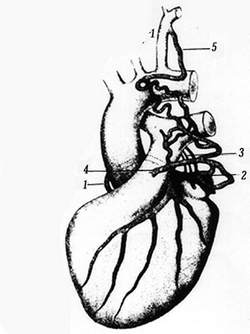|
"The Chirurgeon must knowe the Anatomie". Thus states Thomas Vicary (1460 -1561) on the knowledge of Anatomy. He continues: "...for all authors write against those surgeons who work in a man's body not knowing the Anatomie"1. There is no doubt that knowledge must include the awareness of the possibility of anatomical variations. Some anatomical variations, like the "Corona Mortis" can be critical, and in some surgical cases, be the cause for exsanguination!
It is interesting that several medical schools are reducing the total number of hours working on, or moving away from cadaver disection in first year medical school and using computer simulations instead. No computer simulation will give the medical student the detail, variations, and feel of the tissues as actual hands-on experience. I am sure no one wants a surgeon whose first view of the internal aspect of a human body is a living patient...on the surgical table.
It is a fact that "Nothing in the human body is really colored... or labeled" or as someone else said "nothing looks exactly like the anatomy book", unless it is photography, and then each photo is taken after hours of laboring to "Netterize" the organ or area that one is trying to detail. Nothing gives the future professional the exact idea of what to expect in the future patient than the hours and hours of laborious work in the anatomy laboratory.
|



